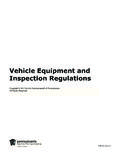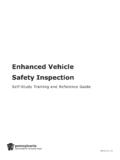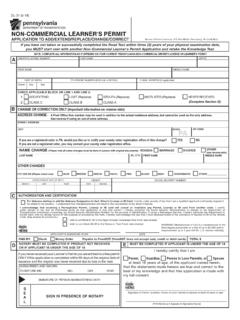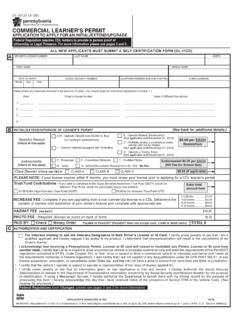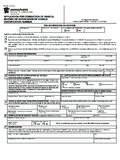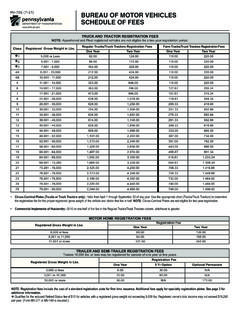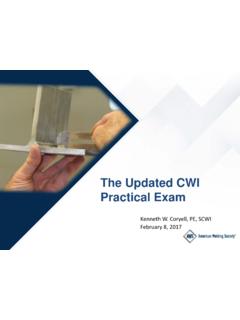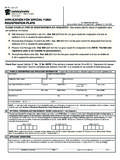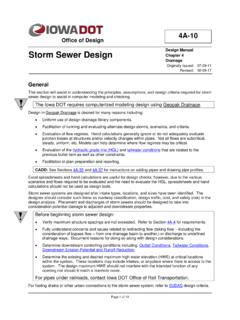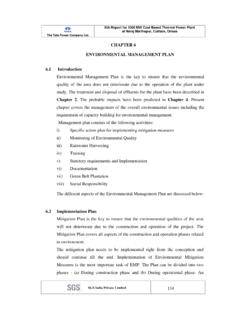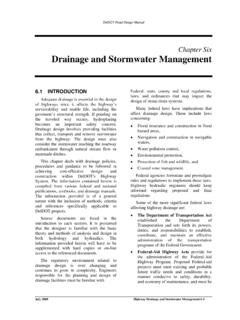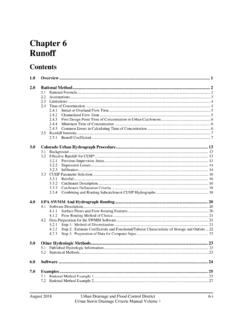Transcription of CHAPTER 13
1 CHAPTER 13 - storm Drainage Systems Publication 584 2010 Edition 13 - 1 CHAPTER 13 storm DRAINAGE SYSTEMS OVERVIEW A. Introduction. This CHAPTER provides guidance on storm drain design and analysis. The quality of a final in-place system depends upon careful attention given to every aspect of the design.
2 The quality of construction and level of maintenance also greatly affects the function of the system. Most aspects of storm drain design ( , system planning, pavement drainage, gutter flow calculations, inlet spacing, pipe sizing, hydraulic grade line calculations) are included. The design of a drainage system must address the needs of the traveling public and those of the local community through which it passes. The drainage system for a roadway traversing an urbanized region is more complex than for roadways traversing sparsely settled rural areas.
3 This is often due to: The wide roadway sections, flat grades (both in longitudinal and transverse directions), shallow water courses and absence of side channels. The more costly property impacts damages that may occur from ponding of water or from flow of water through built-up areas. The fact that the roadway section must carry traffic but also act as a channel to convey the water to a disposal point. Unless proper precautions are taken, this flow of water along the roadway may interfere with or possibly halt the passage of highway traffic.
4 B. Inadequate Drainage. The most serious effects of an inadequate roadway drainage system are: Impact to surrounding or adjacent property, resulting from water overflowing the roadway curbs and entering such property. Risk and delay to traffic caused by excessive ponding in sags or excessive spread along the roadway. Weakening of base and subgrade due to saturation from frequent ponding of long duration. POLICY AND GUIDELINES A. Introduction. Highway storm drainage facilities collect stormwater runoff and convey it through the roadway right-of-way in a manner that adequately drains the roadway and minimizes the potential for flooding and erosion to properties adjacent to the right-of-way.
5 storm drainage facilities consist of curbs, gutters, inlets, pipes, ditches, channels and culverts. The placement and hydraulic capacities of storm drainage facilities should be designed to secure as low a degree of risk of traffic interruption by flooding as is consistent with the importance of the road and the design traffic service requirements, with minimization of the potential for damage to adjacent property. Following is a summary of policies that should be followed for storm drain design and analysis.
6 For additional technical information, refer to Highway Drainage Guidelines, CHAPTER 9 (AASHTO, 2003), HEC-21 (FHWA, 1993) and HEC-22 (FHWA, 2001). B. Bridge Decks. Zero gradients, sag vertical curves and superelevation transitions with flat pavement sections should be avoided where possible on bridges. Publication 15M, Design Manual, Part 4, Structures, discusses the policy for bridge deck drainage. Many short, single-span bridges do not require drainage facilities. Where drainage facilities are needed, the preferred design is to capture the runoff with inlets at the end(s) of the bridge.
7 Quantity and quality of runoff should be maintained as required by applicable stormwater regulations. Publication 15M, Design Manual, Part 4, Structures, and Section discusses the maximum length of deck permitted without drainage facilities. C. Curbs and Inlets. Curbs and inlets are used where runoff from the pavement would erode fill slopes and/or to reduce right-of-way needed for shoulders or channels. Where the combination of inlets and storm pipes are necessary, pavement sections are often curbed.
8 CHAPTER 13 - storm Drainage Systems Publication 584 2010 Edition 13 - 2 D. Design Frequency. The flow for storm drainage systems is based upon design frequency, as defined by the return period (in years), and is influenced by the allowable water spread on the pavement and the design speed of the roadway.
9 This design criteria is included in Section E. Detention Storage. Reduction of peak flows can be achieved by the storage of runoff in detention basins, storm drainage pipes, swales and channels and other detention storage facilities. Reduction of peak flows should be considered at locations where existing downstream conveyance facilities are inadequate to handle peak-flow rates from highway storm drainage facilities. In many locations, highway agencies or developers are not permitted to increase runoff over existing conditions.
10 Additional benefits of detention storage include the reduction of downstream pipe sizes and the improvement of water quality by removing sediment and/or pollutants. See CHAPTER 14, Post-Construction Stormwater Management. F. Gutter Flow Calculations. Gutter flow calculations are necessary to relate the quantity of flow to the spread of water on the shoulder, parking lane or pavement section. Composite gutter sections have a greater hydraulic capacity for normal cross slopes than uniform gutter sections.
